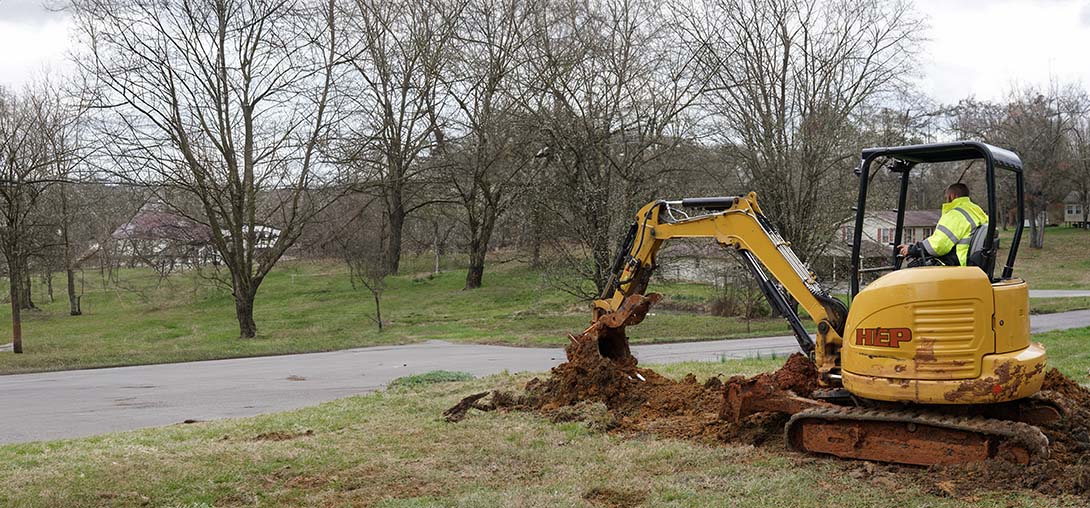

Modern Plumbing Challenges
Your trusted partner for professional home services. Quality workmanship, guaranteed satisfaction.




- HEP
- Modern Plumbing Challenges
Modern Plumbing Challenges | Main Line Issues | Plumbing | Dunlap
When homeowners in Dunlap run into mysterious gurgles, slow drains, or sudden sewer backups, the culprit often hides deep below ground. HEP’s licensed technicians tackle these modern plumbing challenges with the latest diagnostic tools—high-resolution sewer cameras, electronic locators, and hydro-jetting systems—to find and fix main line issues quickly. We understand that a single blockage or break can disrupt an entire household, so our team arrives fast, explains every step, and delivers solutions designed to last, whether that means precision spot repairs or a full trenchless replacement.
Living in the Tennessee Valley means clay soils, shifting foundations, and invasive tree roots are constantly plotting against your pipes. That’s why HEP pairs local know-how with cutting-edge methods, offering preventive maintenance plans and 24/7 emergency response to keep Dunlap families comfortable and safe. From the first call to the final quality check, we treat your home like our own—because when it comes to main line issues, nobody in Dunlap deserves to be left in the lurch.
FAQs
What are the most common signs that my main sewer line is in trouble in Dunlap?
Watch for repeated drain clogs throughout the house, gurgling sounds from toilets, sewage odors in the yard or basement, wet or unusually green patches on the lawn, and wastewater backing up into tubs or floor drains. Because most homes in Dunlap are tied into older clay or cast-iron mains, these symptoms often point to cracks, root intrusion, or total pipe collapse that require prompt attention.
What typically causes main line blockages and failures in the Dunlap area?
The biggest culprit is tree-root intrusion, especially from the mature maples, oaks, and sycamores common to Dunlap. Other factors include the area’s freeze-thaw cycles that shift soil and crack pipes, grease buildup from household drains, flushing wipes or hygiene products, and corrosion or scaling inside aging cast-iron lines. In newer developments with PVC mains, poor backfill compaction or construction debris can also create bellies and blockages.
How is a professional main line inspection carried out and why is it important?
A licensed plumber inserts a high-resolution sewer camera through a cleanout or pulled toilet and feeds it along the entire main line. The live video reveals root growth, bellies, cracks, collapsed sections, and the pipe material’s overall condition. This non-invasive inspection takes about an hour and is critical because it pinpoints the exact problem and depth, allowing us to quote accurate repair options, avoid unnecessary digging, and document the pipe’s state for real-estate transactions or insurance claims.
What modern repair solutions can fix a damaged main line without destroying my yard or driveway?
Two trenchless methods dominate Dunlap repairs: (1) Pipe Lining (CIPP) installs a resin-soaked felt liner that hardens into a new, joint-free pipe inside the old one, perfect for cracks, minor offsets, and moderate root intrusion; (2) Pipe Bursting pulls a new HDPE pipe while simultaneously fracturing the old line outward, ideal for severely collapsed or undersized pipes. Both options require only one or two small access pits, finish in a day, and are approved by local utility and permitting departments.
How much should I budget for main line repair or replacement in Dunlap?
Costs vary with pipe length, depth, material, and chosen method. A camera inspection usually runs $200–$350. Spot repairs with traditional excavation can start at $800–$1,500. Full replacements average $90–$135 per linear foot for dig-and-replace and $110–$160 for trenchless lining or bursting. For a typical 60-foot residential line, expect $5,500–$9,500. These figures include permits, utility locating, and restoration, but rock excavation, driveway removal, or complex landscaping can add 20–40%.
What preventive steps can Dunlap homeowners take to avoid future main line issues?
Schedule a camera inspection every 3–5 years, or annually if large trees are near the line. Install a backwater valve to stop municipal surcharges during heavy rains. Enforce a strict “no wipes, no grease” rule for all drains. Consider semi-annual hydro-jetting to clear early root growth and mineral scale. Finally, maintain healthy soil moisture around the pipe with controlled watering to reduce ground movement during extreme freeze-thaw periods common in Peoria County.